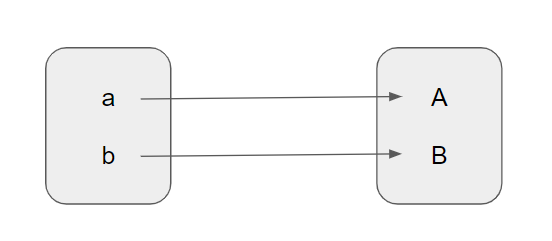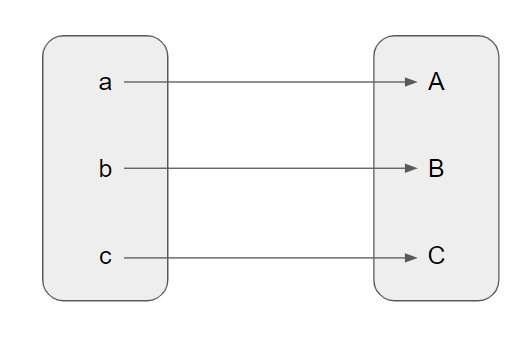Given non-empty finite sets A & B i.e. |A| $\neq$ 0, |B| $\neq$ 0.
There exists one-to-one & onto function from A to B(A $\rightarrow$ B) and from A x A to A $\cup$ B.
Means, there exists Bijective function from A to B(A $\rightarrow$ B) and from A x A to A $\cup$ B.
IMPORTANT NOTE : If Bijective function is possible from X $\rightarrow$ Y then |A| = |B|.
Case 1 : |A|=1 : A={a} and B = {a}.
We can take A & B as equal set because question doesn't says two sets A & B should be distinct.
Function A $\rightarrow$ B :

|A| = |B|
It is one-to-one and onto. Hence Bijection is possible.
Now,
A x A = { (a,a) }
A $\cup$ B = {a}

|A x A| = |A $\cup$ B|
Hence Bijection is possible from A x A to A $\cup$ B
So, |A| =1 is possible.
Case 2 : |A|=2 : A={a,b} and B = {A,B}
Function A $\rightarrow$ B :

|A| = |B|
It is one-to-one and onto. Hence Bijection possible.
Now,
A x A = { (a,a), (a,b), (b,a), (b,b) }
A $\cup$ B = {a, b, A, B}

|A x A| = |A $\cup$ B|
Hence Bijection is possible from A x A to A $\cup$ B
So, |A| =2 is possible.
Case 3 : |A|=3 : A={a, b, c} and B = {A, B, C}
Function A $\rightarrow$ B :

|A| = |B|
It is one-to-one and onto. Hence Bijection possible.
Now,
A x A = { (a,a), (a,b), (a,c), (b,a), (b,b), (b,c), (c,a), (c,b), (c,c) }
A $\cup$ B = {a, b, c, A, B, C}.
Here, we can see that |A x A| $\neq$ |A $\cup$ B| (9 $\neq$ 6 ). So, Bijection is not possbile at all.
So, |A| = 3 is not possible.
|A| = 1 or 2.
So, Only 2 values are possible for |A|.
Answer : 2